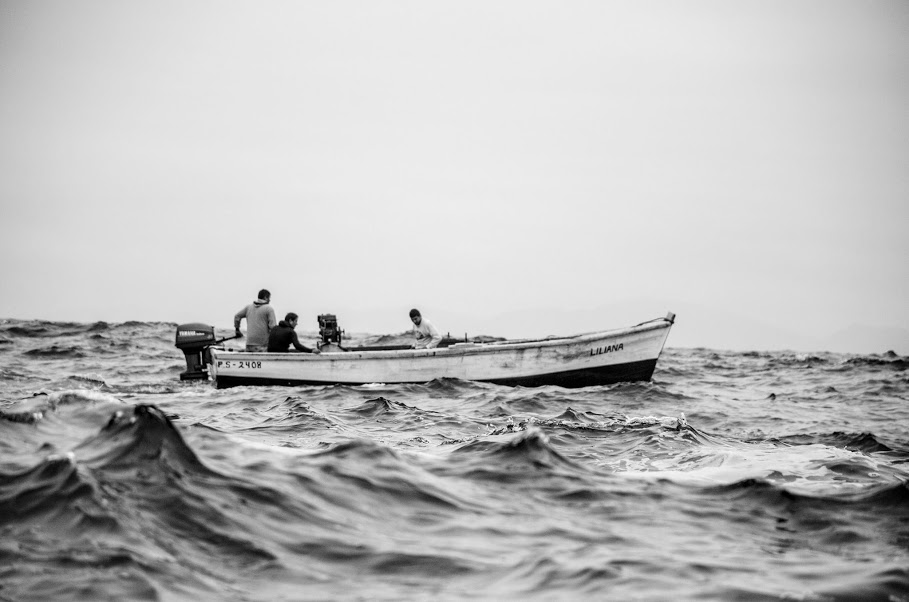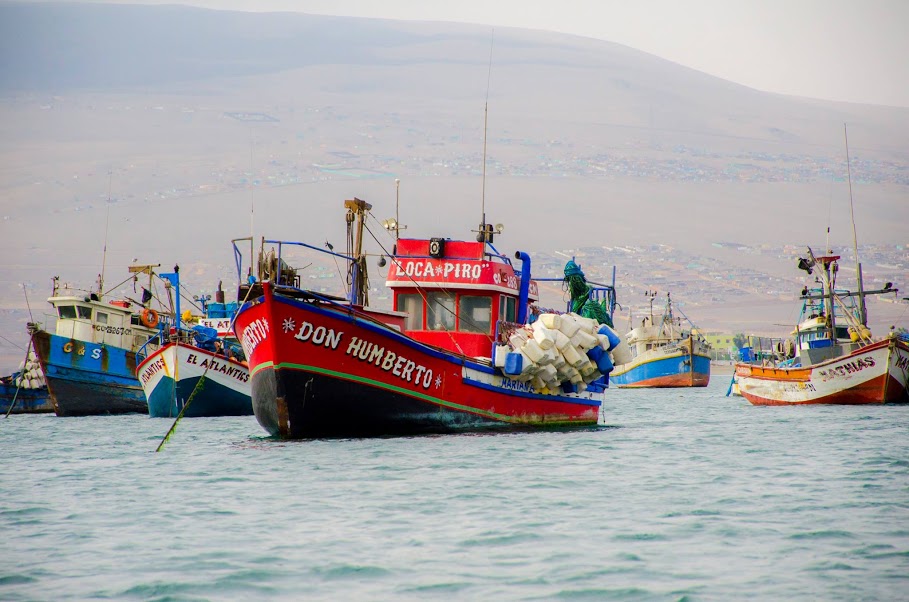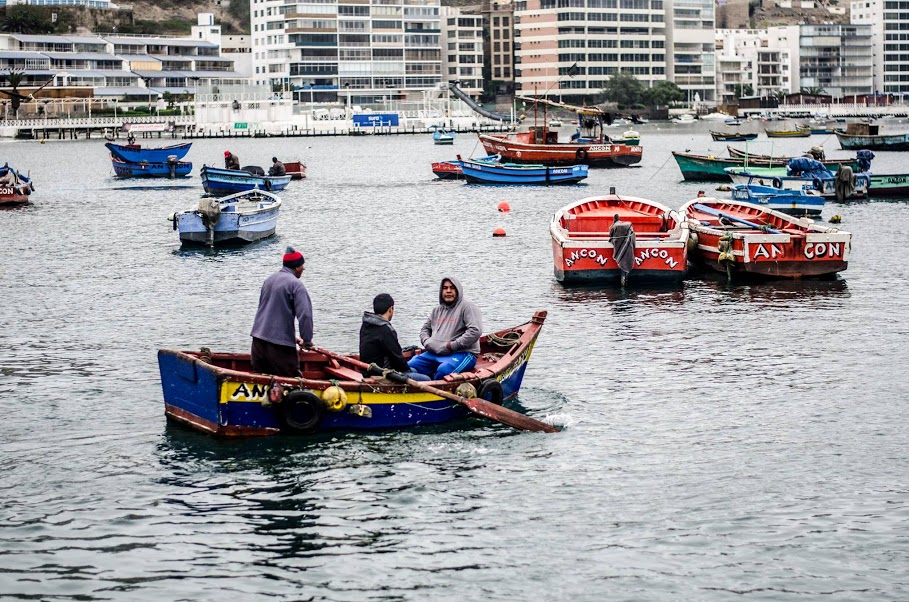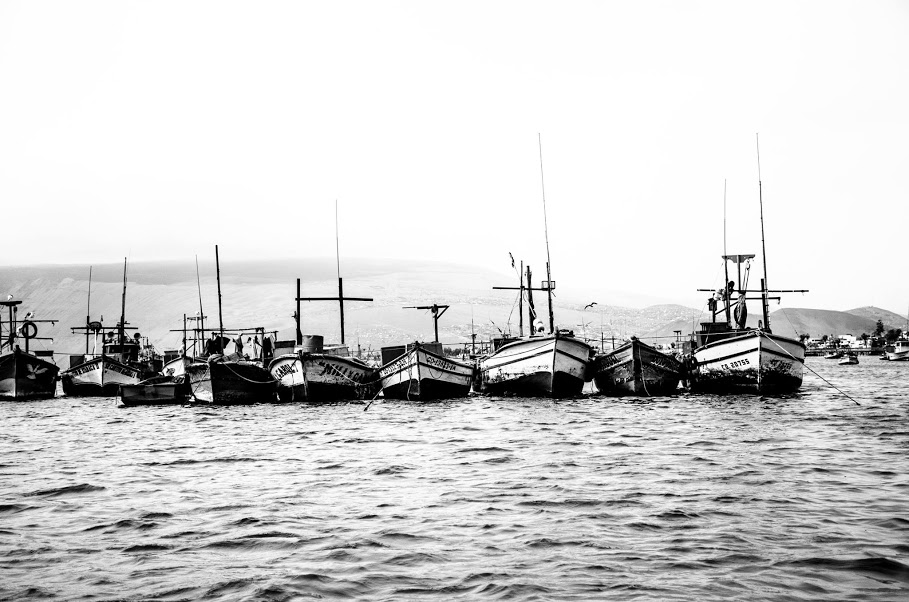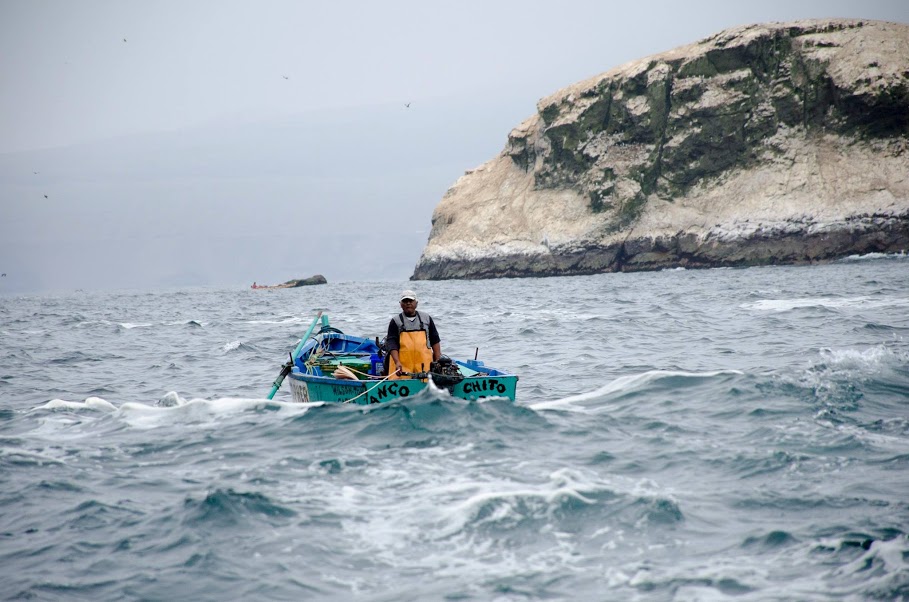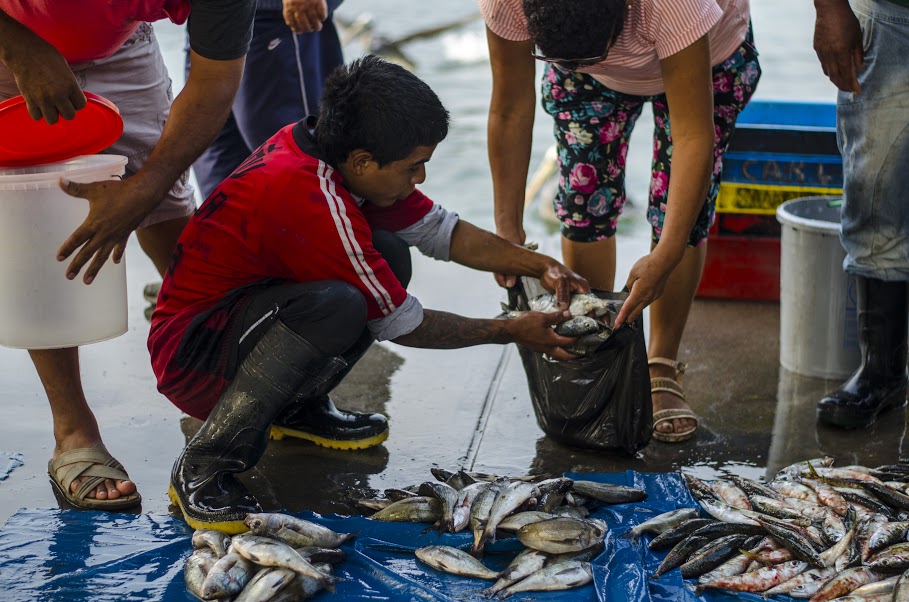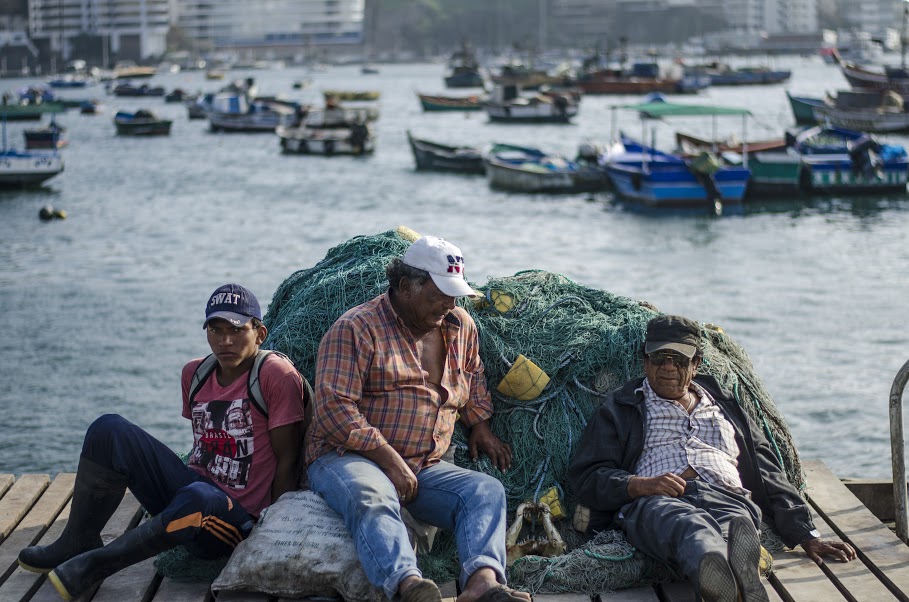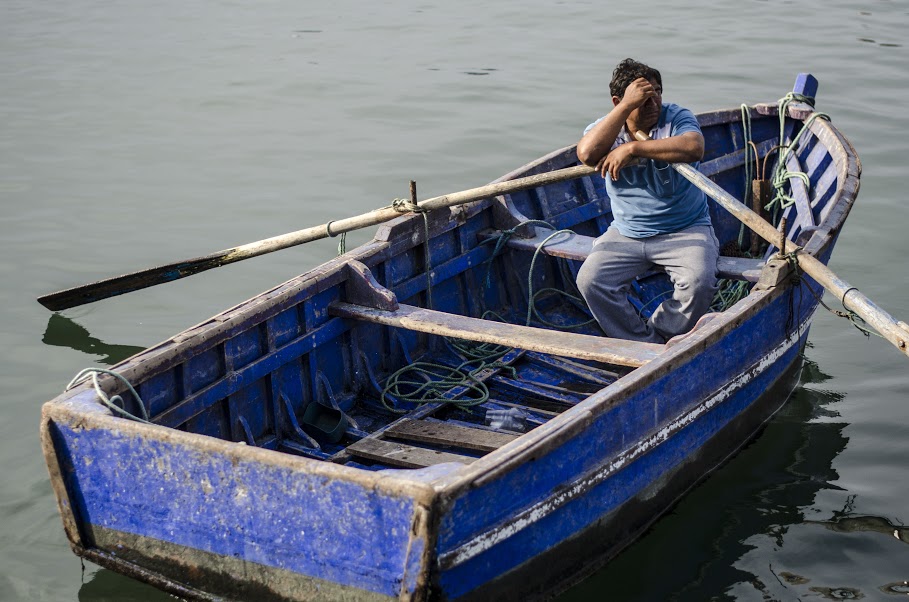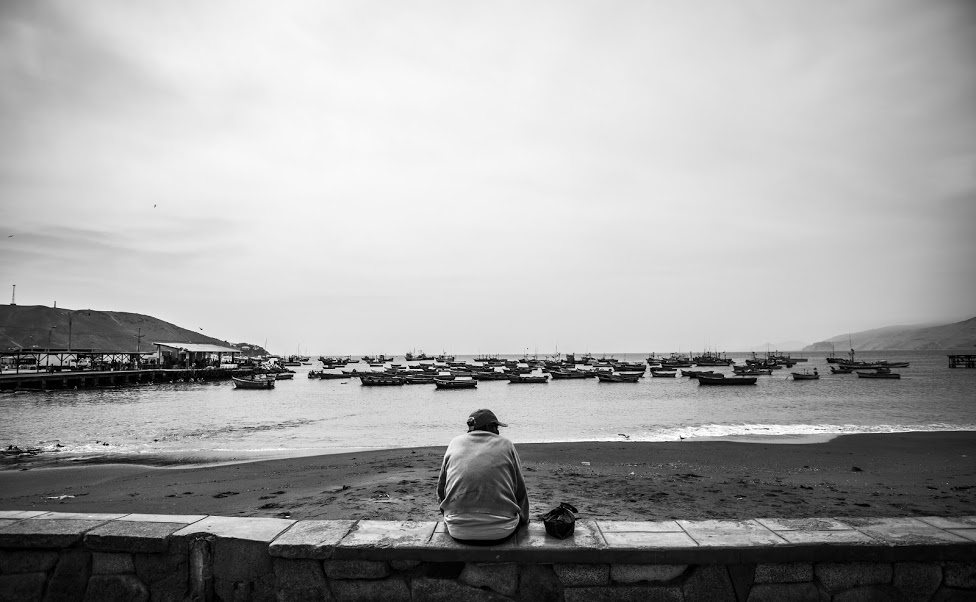Over the past few decades, Latin America has seen growing momentum toward assigning more and more governmental responsibility to the economic development of the most vulnerable sectors in society. In this context, fisheries are a prime example of a sector that is often poorly managed, is heavily regulated by government policies, and creates marginal value.
There are many reasons that can help explain why fisheries suffer from these problems. But the main source can be traced to extremely high transaction costs when it comes to managing fisheries, where it is often difficult to establish property rights that are secure, exclusive, permanent, and transferable. This problem is especially acute for small-scale fisheries that comprise multiple species and a wide variety of fishers who rely heavily on the resource. The incentives line up in a way that very often leads to heavily depleted stocks, the dissipation of much of the profits derived from a fishery, low wages, and, ultimately, the impoverishment of entire communities.
In line with the overall political climate in Latin America, intellectuals and politicians call for more government involvement in fishing activities, as the fault is often laid—sometimes somewhat arbitrarily—at the feet of industrial fishers and lobbyists. I would like to argue, however, that more top-down regulation may not be the solution in such cases, but rather the optimal course is to design institutions with the right set of incentives. More specifically, collective entrepreneurship can channel market forces to avoid the common sources of inefficiency that arise in fisheries.
To illustrate this point, consider the small beach town of Ancon, Peru, where about 70 percent of the population still lives below the poverty line. In Ancon, fishing accounts for about 5 percent of the total economic activity, employing about 700 people every year. The problem, however, is that small-scale fisheries in Peru are under a de facto open-access regime. Despite the requirement of having a license to extract fish and other marine wildlife from the ocean, a lack of enforcement means that fishers can enter the system either legally or, very often as well, illegally. The all-too-common consequences of open access have led generations of fishers to go from entrepreneurs to subsistence fishers, while at the same time providing all the right conditions to threaten the sustainability of the resource and negative social outcomes observed in depressed economies.
Until recently, Ancon was no exception. The lack of appropriate institutions led to an ever-smaller catch, and sometimes even the most emblematic species would be absent from harvests altogether. On top of these issues, large-scale phenomena such as El Niño exert significant effects on both the size and the availability of different species in the region. The upshot was that fishers in Ancon faced the decision of taking measures into their own hands if they wanted to maintain and improve their livelihoods.
Meanwhile, after decades of economic struggle and political instability, in the 1990s Peru again started to see its economy grow at a steady pace, which provided incentives for private investment and entrepreneurship. At the same time, given the modernization of gastronomy and foodie culture in Europe and North America, becoming a chef began to be seen as no longer a second-tier occupation but instead a successful and profitable career. Lima and, eventually, the rest of country were not immune to this trend, and with plenty of influences from its own cultural background, the Peruvian food and dining scene grew exponentially.
One of the workhorses of this gastronomic revolution was seafood. With a vigorous sector demanding more and better-quality seafood, the entire supply chain—including fishers—started to reap the benefits of the emerging industry. The problem, however, was that all the institutions guiding fisheries extraction still provided perverse incentives that countered sustainability. An increase in demand led to an increase in price for the already heavily exploited fish stocks. By making the operation more profitable, additional fishers entered the sector, further deepening the problems of the industry. Nevertheless, the restaurant business and its suppliers still benefitted from the growing demand, but at the expense of Peru’s once highly productive coastline.
As these effects started to create challenges for the everyday fishing activities in Ancon, local fishers decided to take the matter into their own hands. With leadership and commitment within the fishing community, and along with the help of The Nature Conservancy, these fishers started to develop rules for extraction without any official government involvement. The main objective, at least at first, was to regulate fishing in such a way that the resource would no longer be a commons. By restricting the fishing pressure on the stock, stakeholders allowed the overall amount of fish to recover, and harvest levels increased accordingly. Moreover, the average size of the catch started to increase as well. Thus, by providing clear rules of access to the resource, the fishers of Ancon established a well-defined and enforced economic property right for all members of the fishing community. This action changed their expectations about the resource, and they started to encourage additional measures for sustainability, such as establishing size limits and banning the harvest of egg-carrying females for many targeted species.
In a remarkable and collective exercise, fishers in Ancon gave legitimacy to the rules they had designed and implemented themselves. Once they started to see the results of their effort, they were primed to take advantage of the gastronomic boom happening in their country. The increase in the quality and quantity of their harvest also strengthened their negotiating position with chefs and other buyers. They could provide a product that was extremely attractive for the top restaurants in Lima. Moreover, chefs in the capital wanted products that they could market as sustainable and locally sourced, and with growing demand from both local and international consumers, they were willing to pay a premium for it. To take one example, the export price of octopus in Ancon increased by 30 percent during the second half of 2016 alone.
With fishers realizing the newfound value of the resource and the economic benefits that could be obtained in the future, they had effectively changed the expectations associated with their profession and the resource they extract for a living. At that point, using the same mechanisms that allowed them to improve their fishing practices, they went even further and declared a conservation strategy that bans extraction from highly productive areas that seed the fishing grounds. The ban is enforced through monitoring shifts that all members of the fishing community perform. If someone gets caught fishing in a prohibited area, they face monetary sanctions as well as exclusion from fishing for a set period of time. Fishers in Ancon effectively went back to being environmental entrepreneurs. The incredible transition has led them to expand their management measures beyond pure control of fishing activity, and now they have implemented conservation measures to ensure not only their own monetary benefits but the ecological health of their fishing grounds as well.
I was fortunate enough to witness this change in person. When I visited Ancon in 2016 for a field trip with The Nature Conservancy, I had the chance to talk with a couple of the fishers involved in this process. One of them was particularly interested in sharing not only their success but also their main concerns regarding the future. To my surprise, this fisherman’s primary concerns included questions like: How can we clean the beaches of Peru? How can we repay nature for what she gives us? Or how can we help with climate change?
At first, I was shocked to be face to face with such a stark difference in preferences when compared to many small-scale fishers I’ve met in the past. Nevertheless, after some time to reflect on my experience in Ancon, I think that those previous fishers actually did care about the “bigger picture” issues—but the problem was that, before, they simply couldn’t afford to think about them too much. Given the nature of the open-access fishery, they saw their only option to be fishing as much as possible today, because they didn’t know whether there would be any fish tomorrow. Arguably, the same is true for hundreds of thousands of fishers globally, who, due to the lack of proper incentives, get themselves locked into a vicious cycle of overexploitation and poverty.
Proposed solutions for this type of problem often call for more government involvement or large-scale state interventions with complete disregard of the incentives fishers must face every day. Obviously the case of Ancon and Peru as a whole is a unique one, but the bottom-line message is quite strong: Fisheries reforms can and should be carried out jointly, by both regulators and users. It would be desirable—and worthwhile—for fishing authorities to start recognizing fishers’ individual and group efforts to increase the value of their operations throughout the coast of Peru, and the same holds true for many other regions of the world. Fishers are completely aware of the challenges and opportunities provided by sustainable development. The problem is that often the legal institutions in place do not allow them to take the actions required to ensure sustainable harvesting.
Fisheries managers should be aware of self-management experiences like the one in Ancon so they can start developing legal frameworks that adapt and align with users’ incentives. Such visionary policy making should be able to reduce the already high costs small-scale fishers face daily, allowing them to focus on generating value through their production and moving away from pure subsistence. It is the responsibility of governments to take notice of how individual fishers organize in such cases so that policy pulls with their momentum, not against it.
